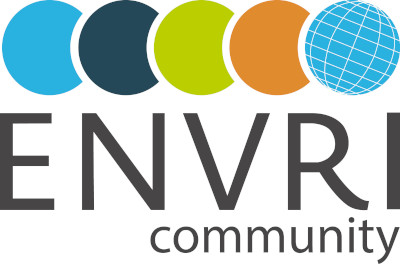Landscape
European Environmental Research Infrastructure landscape
Current community brings together 26 European Research Infrastructures that are studying different aspects of the Earth system. Fourteen Research Infrastructures are listed on the latest edition of the ESFRI Roadmap.
Context
Europe has a long tradition of providing excellent scientific methods, results, and knowledge. However, due to national borders, European research often fails to reach a critical mass of excellence in terms of people, resources, and capacity. As a result, there is a need to bring resources together, to cooperate and build a European Research Area similar to European Union’s free market.
Europe should provide the European researchers with access to the infrastructures they need to conduct their research – irrespective of the location of the infrastructure.
ESFRI
In 2002, the Commission and the EU member states created European Strategy Forum on Research Infrastructures (ESFRI) to support a “coherent and strategy-led approach to policy-making on research infrastructures in Europe.” This process paved the pay towards creating, developing and evaluating pan-European research infrastructures, with ESFRI Roadmap as a key instrument.
ESFRI Roadmap
The ESFRI Roadmap identifies projects for implementation of new research infrastructures (or major upgrade on existing ones), based on their scientific excellence, pan-European relevance and, the newly considered, socio-economic impact. A growing number of countries have prepared national roadmaps in order to prioritize the national and pan-European research infrastructures, using the ESFRI Roadmap as a reference. This helps the countries to define their national budgets, facilitate the political support and to allow a long-term financial commitment.
The ESFRI roadmap is an ongoing process. Twelve research infrastructures from the environmental field were included in the last update of the roadmap in 2016, and some of the ecology-related infrastructures, for example, Research Infrastructure for experimental manipulation of managed and unmanaged terrestrial and aquatic ecosystems (ANAEE, www.anaee.com), and European Marine Biological Resource Centre (EMBRC, www.embrc.eu), were also included from the Biological and Medical Science field. The next update of the roadmap will be launched in 2018.
It should be noted that even though the ESFRI organizes the strategic development and prioritization, it is not a funding agency. The main funding responsibility in the construction and operational phase lies in the member countries of the research infrastructure (EU Member States). Regional structural funds from the EU and European Investment Bank funding instruments may provide additional sources of funding in the construction phase of the research infrastructures. In addition, the European Commission (EC) provides support for the Pan-European coordination of the research infrastructure implementation, for example by providing project funding for research infrastructure planning and implementation (design study, preparatory phase project, implementation and cluster level funding support), through the Horizon 2020 funding programme.



